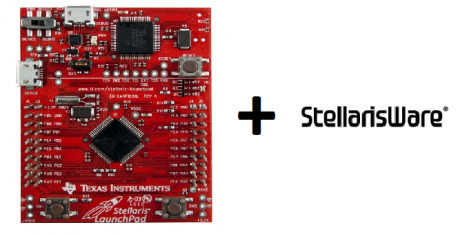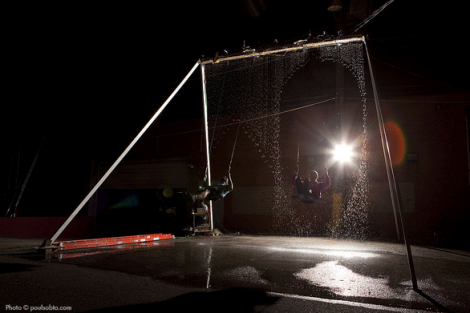
Ever since his daughter was born, [Markus] has been keeping logs full of observations of human behavior. Despite how it sounds, this sort of occurrence isn’t terribly odd; the field of developmental psychology is filled with research of this sort. It’s what [Markus] is doing with this data that makes his project unique. He’s attempting to use stochastic learning to model the behavior of his daughter and put her mind in a robot. Basically, [Markus] is building a robotic version of his newborn daughter.
The basics of stochastic learning (PDF with more info) is that a control system is modeled on an existing system – in this case, a baby – by telling a robot if it is doing a good or bad job. Think of it as classical conditioning for automatons that can only respond to a 1 or 0.
[Markus] built a robotic platform based on an Arduino Mega and a few ultrasonic distance sensors. By looking at its surrounding environment, the robot makes judgments as to what it should do next. In the video after the break, [Markus] shows off his robot finding its way around an obstacle course – really just a pair of couch cushions.
It’s a long way from crawling around on all fours, paying attention to shiny things, and making a complete mess of everything, but we’re loving [Markus]’ analytical approach to creating a rudimentary artificial intelligence.















